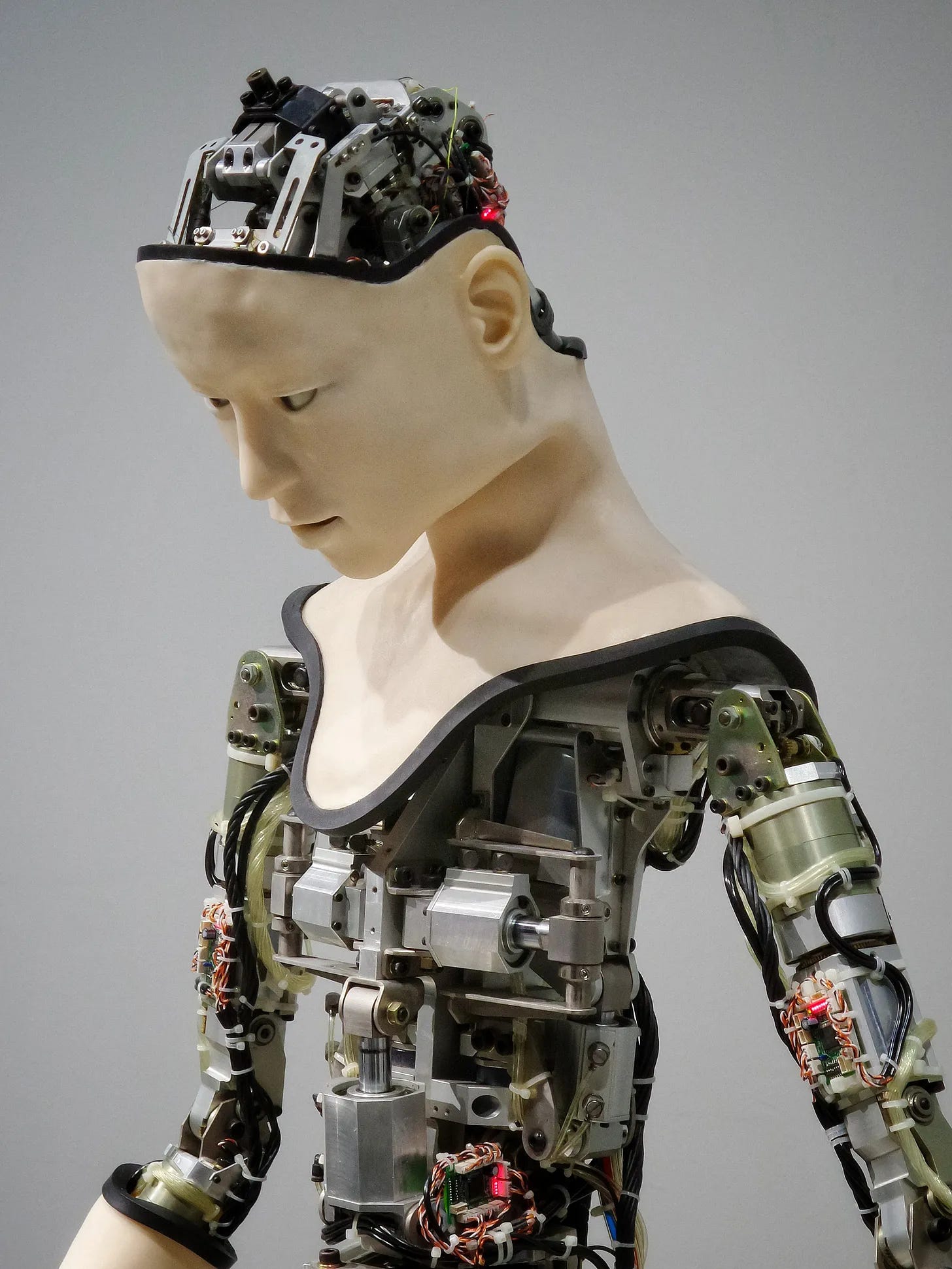After attending the Innovation Summit at last week’s HR Technology Conference in Las Vegas, I’ve been reflecting a lot on the growing role of AI in recruiting.
It’s clear there is mounting agreement that AI-powered tools have reached a level of maturity to significantly enhance recruiting effectiveness. By automating time-consuming administrative tasks, AI enables recruiters to increase productivity and focus on more strategic, value-adding activities.
As the capabilities of systems like chatbots, natural language processing, and machine learning expand, recruitment leaders are faced with determining where automation should replace human work versus where AI is best leveraged as an augmentation tool.
In this post, we’ll explore the key differences between augmenting and automating recruiting activities with AI.
Automating Recruiting Workflows
Certain recruiting tasks are prime candidates for full automation with AI. These tend to be high volume, repetitive activities that follow a standardized process and rely on structured data.
Examples include:
-
Scheduling interviews and sending calendar invites
-
Screening candidates for basic qualifications
-
Sourcing profiles from databases like LinkedIn
-
Administering skills assessments and online tests
-
Answering frequently asked questions through chatbots
Automating these workflows removes the burden of tedious tasks from recruiters’ plates, allowing them to focus on higher-value activities. AI systems can scale infinitely too, so automating high-volume tasks provides a much needed capacity boost and will likely significantly affect the volume of recruiters employed over time.
The Downsides of Pure Automation
While automation delivers efficiency gains, relying solely on AI has some downsides:
-
Important context and nuance can be lost when the human element is removed entirely.
-
Fragmenting workflows into isolated automated tasks diminishes an end-to-end view of candidates.
-
Building automated systems requires upfront investment and ongoing maintenance.
-
If the automated systems fail, there is no human backup.
Augmenting Recruiters’ Capabilities
Rather than wholesale automation, many recruiting tasks are better suited for augmentation where AI makes recruiters better at their jobs.
Examples include:
-
Intelligently matching resumes to job openings
-
Identifying best-fit candidates from video interviews using behavior analysis
-
Suggesting clarifying questions during interviews based on candidate responses
In these examples, the AI provides enhanced perspective, insight, and scale while the recruiter remains the key decision maker.
The Promise of an Augmented Recruiter
Augmenting recruiters with AI systems:
-
Improves efficiency while preserving the human touch. Recruiters handle higher volumes without sacrificing candidate experience.
-
Enhances recruiter capabilities and performance. Recruiters make better decisions with the help of AI.
-
Retains end-to-end accountability. Recruiters remain responsible for outcomes.
-
Is flexible to change.
Augmentation adapts as needs evolve, while automation requires reprogramming.
Reflecting on my time leading talent acquisition for a light industrial staffing business, I recall our approach was to view recruiting similarly to a sales process. We broke down recruiting into discrete steps, then explored automating as many of those steps as possible. This allowed us to streamline and scale the majority of the process through technology, while still providing a human touch where automation wasn’t feasible.
The optimal model, in my view, would have been end-to-end automation with selective human augmentation. With today’s AI capabilities, we could have automated tasks like screening candidates, scheduling interviews, and even providing 24/7 conversational support. Recruiters could then focus their time on building candidate relationships, coaching hiring managers, and evaluating candidates’ soft skills and cultural fit.
Automation of high-volume, repetitive recruiting tasks is crucial for efficiency gains. However, the human touch remains vital to attract and hire top talent. Striking the right balance of automation and human augmentation, customized to each recruiting role, enables businesses to accomplish more with less.
In short, automation brings speed and scale to recruiting workflows. Augmentation makes recruiters better at their core responsibilities. The future will likely see both approaches blended into reenvisioned processes.
Yet, recruiting leaders need an informed perspective on where augmentation outshines automation in their specific organization. By identifying these strategic areas of human value, they can astutely leverage AI to transform their function.
Understanding the strengths of augmented recruiters over pure automation gives leaders a clear blueprint for AI adoption.
The takeaway – automate for volume and efficiency, augment for judgment and relationship-building. This balanced deployment of AI will reshape recruiting to be lean, effective and human-centric. Recruiting leaders who grasp where each approach has advantaged will be best positioned to create high-impact AI strategies.

